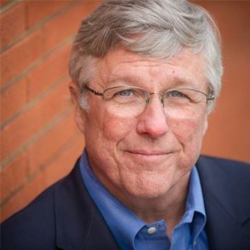The clinical trial industry continues to grapple with finding new and more effective ways to expand its efforts to combat Alzheimer’s.
The obstacles are real. Alzheimer’s trials cost more per patient than trials in many other therapeutic areas. Screening accounts for 50–70% of the total per-patient expense, as failures at each step of the process mean more tests for more patients—and higher costs for trial sponsors, according to a new white paper released by the USC Schaeffer Center last month (August).
“The USC team has accurately identified the challenges facing Alzheimer’s clinical trials, but they won’t be solved without an infusion of innovation, commitment, and better targeting of resources,” said John Dwyer, president of the Global Alzheimer’s Platform Foundation (GAP).
The clinical trial industry “must take a more disruptive approach to reengineering the design of clinical trials, including specific commitments to increasing the racial diversity of Alzheimer’s trials and the use of digital and blood biomarkers to create faster, less burdensome trial experiences for study participants,” Dwyer says. “We also need to improve the community’s awareness of clinical trials and increase early detection. Physicians should not only learn about Alzheimer’s research; they should talk about it with patients and families who could benefit from this knowledge.”
ACRP members and their efforts are critical to this improvement, Dwyer says. He calls on the clinical research enterprise to improve diversity in the workforce. “We need more people equipped to do this kind of clinical research [who are] Spanish speakers,” he notes.
The lack of diversity in the patient population is “absolutely connected” to the lack of diversity in the clinical trials workforce, Dwyer maintains. “We have to make the investment and train new staff” and expand the trials workforce, he adds. The “real blocking and tackling here” is to promote the profession in high school, junior colleges, and four-year colleges, he says.
Author: Michael Causey



